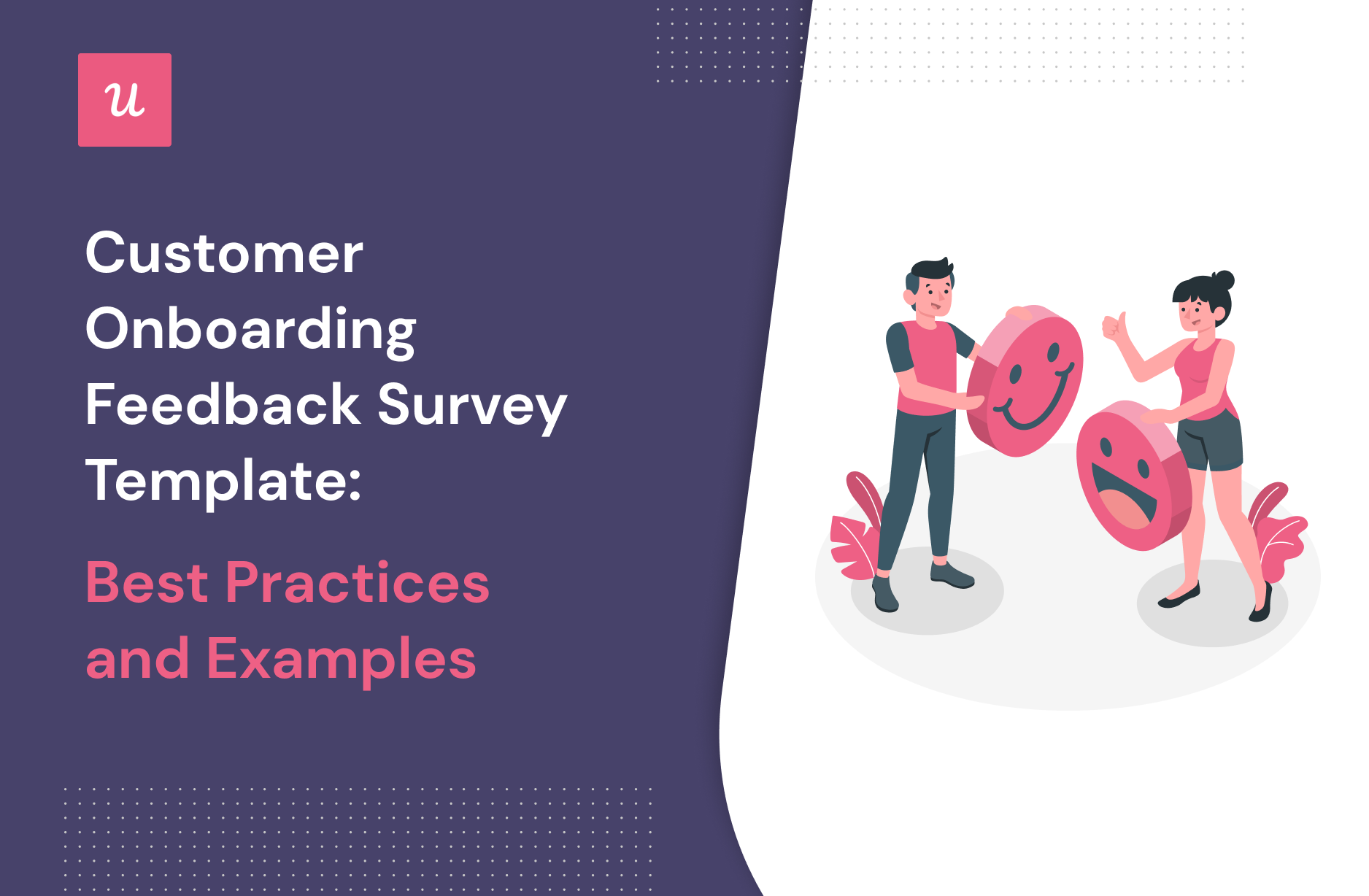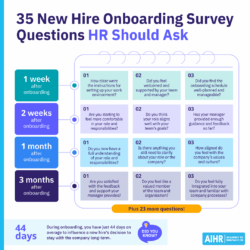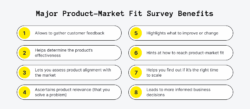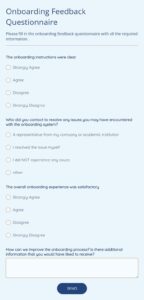Bringing a new customer into your world should feel like rolling out the red carpet, not throwing them into the deep end. You’ve worked hard to attract them, and now the critical phase of onboarding begins. This is where they learn the ropes, understand your value, and ideally, fall in love with your product or service. But how do you truly know if that initial experience is hitting the mark? Are they feeling welcomed and supported, or are they scratching their heads in confusion?

The secret lies in asking the right questions at the right time. Listening to your new customers isn’t just a nice-to-have; it’s essential for preventing churn, improving retention, and turning fresh faces into loyal advocates. This is precisely why a well-crafted customer onboarding feedback survey template isn’t just a tool, it’s a lifeline for your business growth. It helps you pinpoint what’s working, what’s not, and how to continuously refine that crucial first impression.
The Power of Feedback: Why Your Customer Onboarding Needs It
Imagine spending countless hours perfecting your product or service, only to lose new customers during their initial setup phase. It’s a common, yet preventable, scenario. The onboarding journey is often the make-or-break period for customer relationships. If a customer struggles with implementation, feels overwhelmed by complexity, or can’t find the answers they need, their enthusiasm can quickly wane, leading them to look elsewhere. Proactive feedback collection allows you to catch these issues before they escalate.
A structured feedback mechanism, like a comprehensive survey, provides invaluable insights that anecdotal evidence simply can’t. It moves beyond isolated complaints to reveal patterns and systemic issues within your onboarding process. You can identify specific areas of friction, whether it’s unclear documentation, a clunky user interface, or a lack of personal guidance. This data empowers you to make informed decisions and allocate resources to the most impactful improvements.
Moreover, simply asking for feedback sends a powerful message to your new customers: "We care about your experience." It shows that you value their perspective and are committed to making their journey as smooth and successful as possible. This act of listening can significantly boost customer satisfaction and build trust right from the start, laying a strong foundation for a long-term relationship.
Key Areas to Probe in Your Survey
When designing your customer onboarding feedback survey template, consider focusing on these core aspects to gather the most actionable insights:
- **Clarity of Instructions:** Was the guidance provided easy to understand and follow?
- **Ease of Use:** How intuitive was the product or service to set up and start using?
- **Support Availability:** Did they know where to go for help, and was assistance readily available if needed?
- **Value Perception:** Do they understand how your offering will benefit them, and are they starting to see that value?
- **Overall Experience:** How would they rate their initial onboarding journey from start to finish?
- **Missing Features/Information:** Were there any critical pieces of information or functionalities they wished they had during onboarding?
By systematically gathering input on these points, you can transform a good onboarding process into an exceptional one, ensuring your customers not only stay but thrive.
Building Your Effective Customer Onboarding Feedback Survey
Creating a highly effective customer onboarding feedback survey doesn’t have to be complicated, but it does require thoughtful planning. The goal is to gather specific, actionable insights without overwhelming your new customers. Start by selecting the right survey tool – there are many user-friendly platforms available that offer customizable templates, various question types, and easy distribution options. Choose one that integrates well with your existing customer relationship management (CRM) system if possible, for seamless data tracking.
When it comes to the questions themselves, aim for a mix of quantitative and qualitative. Rating scales (e.g., 1-5, Likert scales) are great for quickly gauging satisfaction levels across different stages of onboarding. However, always include open-ended questions that allow customers to elaborate on their experiences in their own words. This is where you’ll uncover the rich, nuanced insights that numerical ratings alone cannot provide. Questions like "What was the most challenging part of getting started?" or "What could have made your onboarding experience better?" are incredibly valuable.
Consider the length and timing of your survey carefully. New customers are busy, and a lengthy survey can deter completion. Keep it concise, focusing only on the most critical aspects of their onboarding journey. As for timing, it’s often best to send the survey shortly after the customer has completed their initial setup or reached a key milestone. This ensures the experience is fresh in their minds, but they’ve had enough time to interact with your product or service. Avoid sending it too early, before they’ve had a chance to truly experience the onboarding process.
Finally, ensure your survey feels approachable and conversational. Use clear, simple language and avoid jargon. Frame questions in a way that encourages honest feedback, perhaps by emphasizing that their input directly contributes to improving the experience for future customers. Test your survey internally with team members who haven’t seen it before to catch any ambiguities or issues. Remember, a well-designed customer onboarding feedback survey template is a dynamic tool that evolves as your business and customer needs change.
By proactively seeking and acting upon customer insights, you’re not just improving a process; you’re building a foundation of trust and understanding with your new users. This continuous loop of feedback and refinement transforms a transactional onboarding into a relationship-building journey, setting the stage for long-term customer loyalty and advocacy. Ultimately, a deep understanding of your customers’ initial experiences is the clearest path to sustained growth and success.


